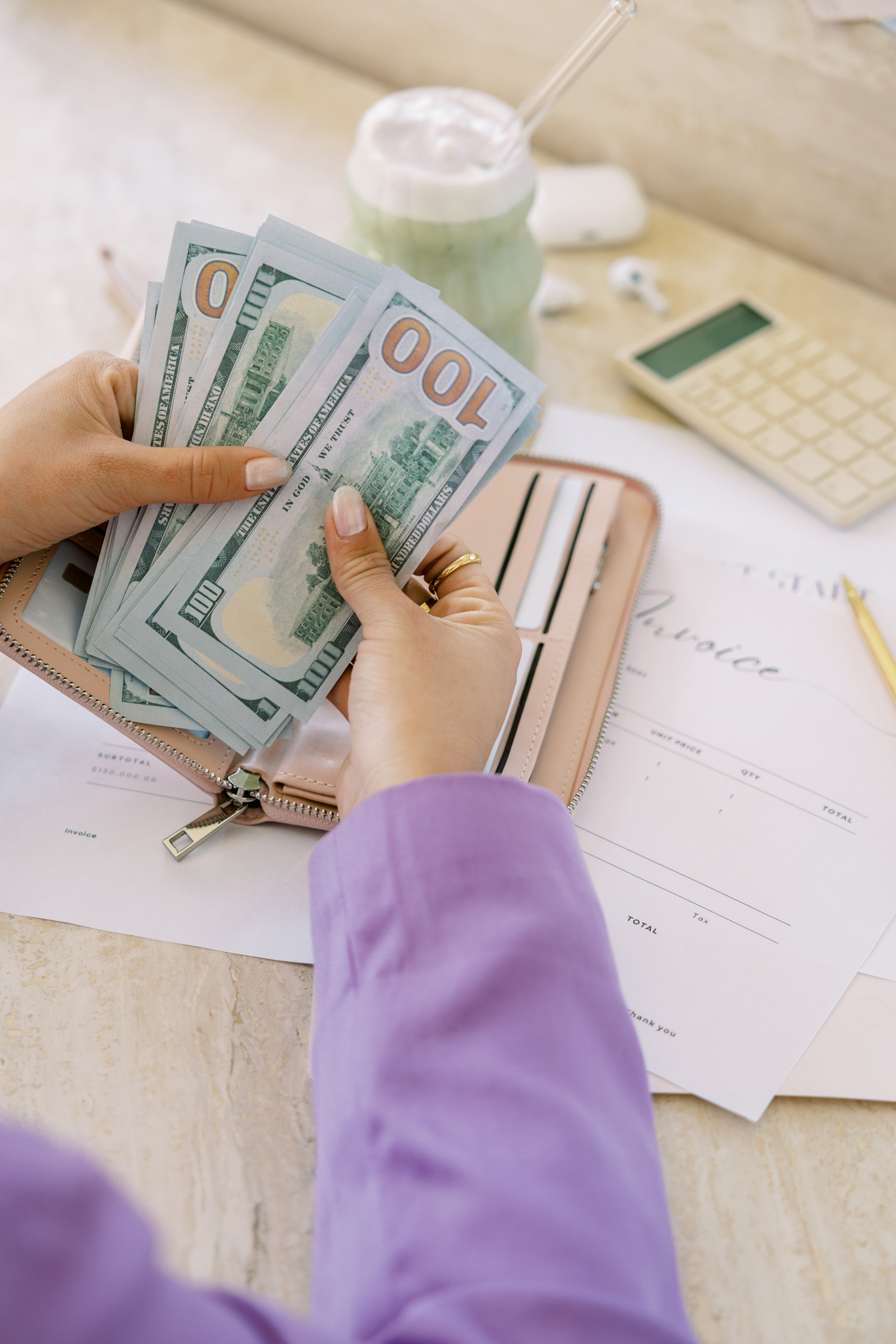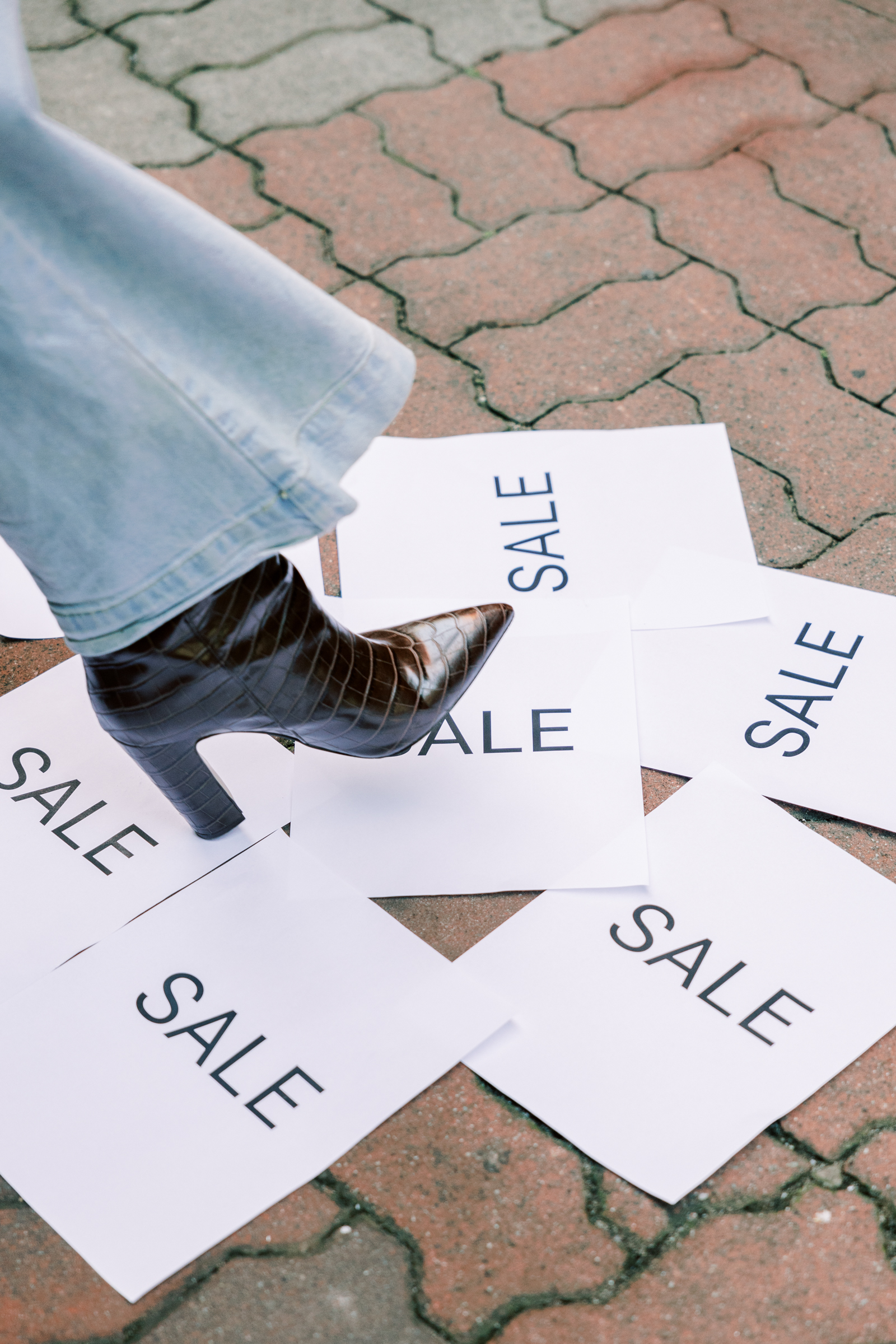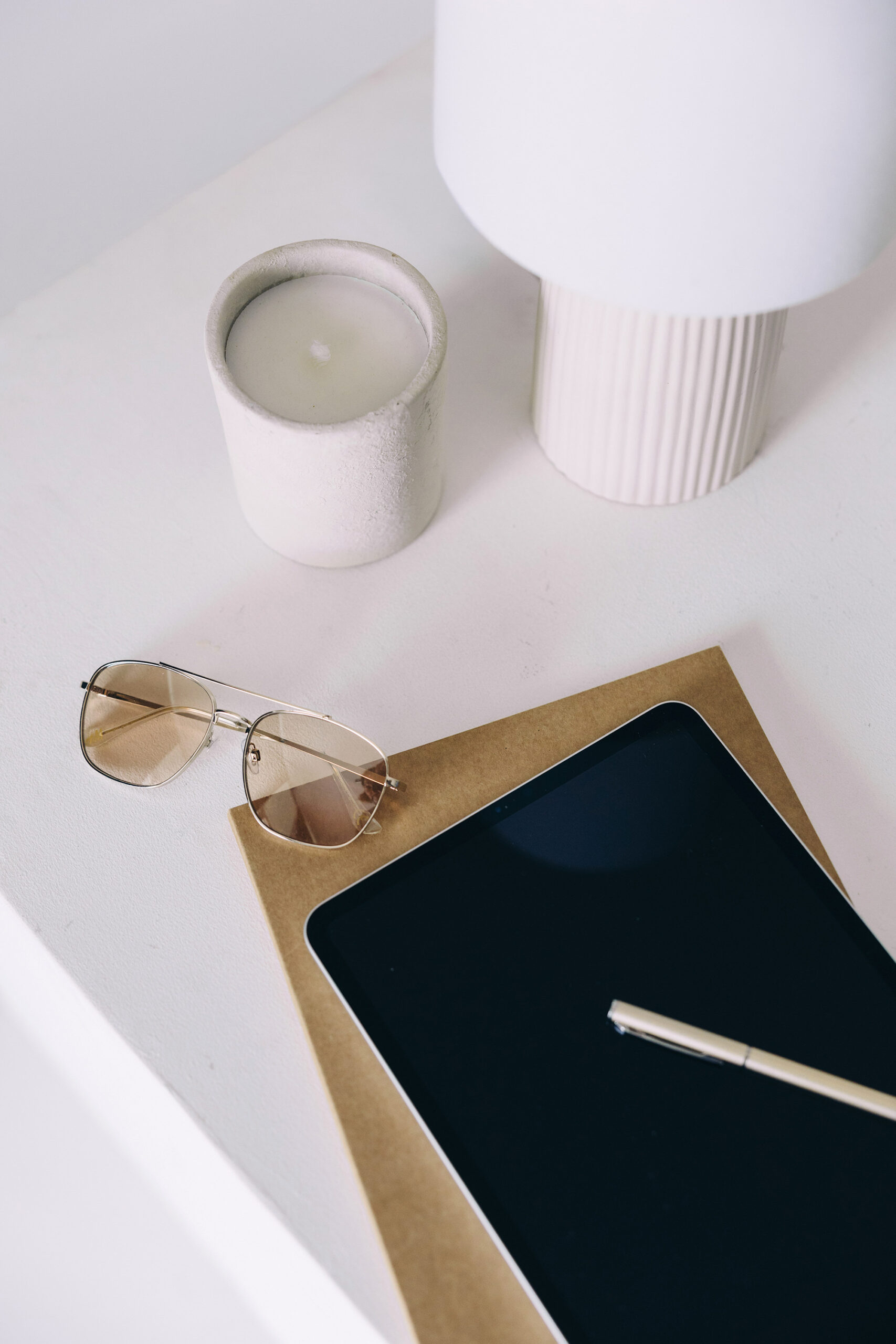🎧 Listen: Apple, Spotify, iHeart
Today, we’re diving into the powerful tool of Breakout Rooms. Whether you’re hosting a small workshop or a large-scale conference, Breakout Rooms can transform the way your participants interact and engage. So, grab your coffee, settle in, and let’s explore how to make the most out of this game-changing feature.
Let’s start with the basics. Breakout Rooms are virtual spaces within your main event where you can divide participants into smaller groups for discussions, activities, or collaborations. Think of it as having mini-conferences or team huddles within your larger event. This feature is a game-changer for fostering deeper connections and interactive learning experiences.
Benefits of Using Breakout Rooms
Enhanced Engagement
In a large virtual event, it’s easy for participants to feel like just another face in the crowd. Breakout Rooms combat this by creating smaller, more intimate groups where everyone gets a chance to speak, share ideas, and contribute to the discussion. This not only keeps participants more engaged but also makes them feel valued and heard. When participants are actively involved, they are more likely to retain information and enjoy the experience, leading to a higher overall satisfaction rate with your event.
Targeted Learning
One size does not fit all, especially when it comes to learning. Breakout Rooms allow for more personalized and focused sessions, where content can be tailored to specific groups based on their interests, skill levels, or needs. For example, in a professional development workshop, you could have separate Breakout Rooms for beginners and advanced participants, ensuring that each group receives the most relevant information. This targeted approach makes the learning experience more effective and enjoyable, as participants receive information that is directly applicable to their interests and needs.
Networking Opportunities
Networking is a crucial component of any event, but it can be challenging in a large virtual setting. Breakout Rooms provide a solution by creating a more intimate environment where participants can interact more freely and comfortably. In these smaller groups, participants are more likely to engage in meaningful conversations, exchange contact information, and build stronger connections than they might in a larger group. This can lead to lasting professional relationships and collaborations that extend beyond the event itself.
Collaboration and Problem-Solving
Breakout Rooms are perfect for group activities, brainstorming sessions, and collaborative projects. By working in smaller groups, participants can tackle complex problems more effectively, bounce ideas off each other, and come up with innovative solutions. This collaborative environment encourages creativity and critical thinking, as participants feel more comfortable sharing their ideas and receiving feedback. Additionally, Breakout Rooms can be used for team-building exercises, helping to foster a sense of community and camaraderie among participants.
Best Practices for Utilizing Breakout Rooms
Clear Objectives
Define the purpose of each Breakout Room. What do you want participants to achieve? Clear objectives help keep the discussions focused and productive. For example, if you are running a training session, the objective could be for participants to practice a new skill. If it’s a brainstorming session, the goal might be to generate a certain number of new ideas. Having clear objectives ensures that everyone knows the purpose of the session and can work towards a common goal.
Facilitators
Assign a facilitator or moderator to each room. Their role is to guide the discussion, keep the group on track, and ensure everyone participates. A good facilitator can make a significant difference in the success of a Breakout Room. They can encourage quieter participants to share their thoughts, manage any dominant voices, and keep the conversation flowing smoothly. Facilitators should be well-prepared with questions or prompts to stimulate discussion and ensure the session remains focused and productive.
Time Management
Allocate specific times for Breakout Room sessions. Too short, and participants may not have enough time to engage; too long, and they might lose focus. A well-timed session strikes a balance, giving participants ample time to discuss and collaborate without feeling rushed. For example, a 15-20 minute session can be ideal for a quick discussion or activity, while a more in-depth workshop might require 45-60 minutes. Clearly communicate the time frame to participants and use timers or notifications to keep everyone on track.
Preparation
Provide participants with any necessary materials or instructions beforehand. This ensures that everyone is ready to dive in and make the most of their time. For example, if participants need to read a document or watch a video before the session, send these materials in advance. Clear instructions on what to expect and how to prepare can help participants feel more confident and engaged. Additionally, provide guidelines on how to use the Breakout Room features, so everyone is comfortable with the technology.
Debriefing
After the Breakout Rooms, bring everyone back together for a debrief. This allows groups to share their insights and learnings with the larger group, reinforcing the value of the exercise. A debrief session can include each group presenting their key takeaways, discussing common themes, and reflecting on the overall experience. This not only helps consolidate learning but also allows participants to hear different perspectives and ideas from other groups. It’s a great way to bring the event full circle and ensure that everyone benefits from the collective knowledge and experiences of the entire group.
Innovative Ideas for Breakout Room Activities
Icebreakers and Introductions
Start with a fun icebreaker to get participants comfortable and engaged. This is especially useful for networking events. You can use activities like “Two Truths and a Lie,” where participants share two true statements and one false statement about themselves, and the group has to guess which one is the lie. This not only breaks the ice but also helps participants learn interesting facts about each other, creating a friendly and open atmosphere right from the start.
Case Studies and Problem-Solving
Present a case study or problem for each group to solve. This encourages critical thinking and collaboration. For example, if you are hosting a business strategy workshop, you can provide each Breakout Room with a different business scenario and ask them to develop a strategic plan. This activity not only stimulates critical thinking but also allows participants to apply their knowledge in a practical context, leading to deeper learning and more engaged participants.
Workshops and Skill-Building
Use Breakout Rooms for hands-on workshops or skill-building exercises. Smaller groups allow for more interaction and personalized feedback. For instance, if you are running a digital marketing workshop, you can divide participants into Breakout Rooms where they can work on creating social media campaigns, designing marketing materials, or developing content strategies. Facilitators can move between rooms to provide guidance and feedback, ensuring that each participant gets the support they need to develop their skills.
Feedback Sessions
Collect feedback on specific topics or sessions. Breakout Rooms can be a great way to gather diverse perspectives. After a main session, divide participants into Breakout Rooms to discuss their thoughts and provide feedback on the content, presentation, and overall experience. Each room can then present their feedback to the larger group, helping you gather valuable insights and improve future events. This also makes participants feel valued and heard, as their opinions and experiences are taken into account.
Socializing and Networking
Sometimes, it’s not all about work. Use Breakout Rooms for casual networking or socializing to build stronger community bonds. You can organize themed social rooms, such as coffee chats, happy hours, or interest-based discussions where participants can relax and get to know each other better. For example, you could have a room for book lovers to discuss their favorite reads, another for fitness enthusiasts to share workout tips, and so on. This informal setting helps build relationships and a sense of community among participants, making them more likely to return for future events.
Technical Tips and Tools for Breakout Rooms
Platform Familiarity
Ensure you’re familiar with Circle’s capabilities, including how to use linked text and event spaces to create Breakout Rooms. Spend some time exploring the platform’s settings, functionalities, and customization options. Understand how to create and manage separate event spaces and link them effectively. Familiarity with the platform will help you troubleshoot any issues quickly and make the most of its capabilities.
Technical Support
Have a technical support person on standby to troubleshoot any issues that might arise. Technical glitches can happen, and having someone available to address these issues promptly can prevent disruptions and keep your event running smoothly. This person should be well-versed in Circle’s platform and capable of resolving common technical problems. Provide participants with contact information for technical support in case they encounter any difficulties during the event.
Practice Runs
Conduct a practice run before the actual event. This helps you iron out any kinks and ensures everything runs smoothly on the day. During the practice run, simulate the entire event process, including setting up Breakout Rooms, transitioning between the main session and Breakout Rooms, and managing any interactive elements. Involve your facilitators and technical support team in the practice run to ensure everyone is comfortable with their roles and the technology.
Clear Instructions
Provide participants with clear instructions on how to join and navigate Breakout Rooms using linked text and separate event spaces. A brief tutorial or guide can be very helpful. You might create a short video or a step-by-step document that explains how to access and move between the different spaces. Clear instructions help participants feel more at ease with the process, ensuring they can focus on the content and interaction rather than the logistics.
Conclusion
And there you have it—everything you need to know to leverage Breakout Rooms for your events. Whether you’re aiming to enhance engagement, facilitate learning, or foster networking, Breakout Rooms can take your virtual events to the next level. Remember, the key is to plan carefully, set clear objectives, and keep your participants’ experience at the forefront.
Thank you for tuning in to The Community Lab. If you have any questions or want to share your experiences with Breakout Rooms, head over to our community or connect with us on social media. Your insights and stories help
us all learn and grow together. Until next time, keep building those vibrant communities and transforming your passions into profits.
Cheers to maximizing engagement and creating unforgettable virtual experiences!
In This Episode We Chat About:
- 00:21 Welcome to the Community Lab
- 01:42 Understanding Breakout Rooms
- 02:19 Benefits of Breakout Rooms
- 05:13 Best Practices for Breakout Rooms
- 09:08 Innovative Breakout Room Activities
- 12:23 Technical Tips for Seamless Breakout Rooms
Links Mentioned:
- Case Study: The Special Education & Advocacy Conference
- Event Matchmaker Quiz
- Virtual Event Planning Services
Transcript: https://share.descript.com/view/qCWFMaupcxr
Craft your content like a pro with our Trello Content Planner Template. This user-friendly template will help you organize and schedule your content effortlessly, ensuring you never miss a beat. Ready to streamline your planning process? Download the Trello Content Planner Template today and see the difference it can make. Start here: Trello Content Planner Template 📅✨
Streamline your workflow with Trello, the ultimate tool for organizing and managing your projects. From task management to content planning, Trello makes it easy to keep everything on track. Ready to boost your productivity? Get started with Trello today using our special link: Trello 📋✨
Elevate your project management with ClickUp, the all-in-one tool for organizing tasks, tracking progress, and collaborating with your team. From detailed project timelines to streamlined workflows, ClickUp has everything you need to stay on top of your game. Ready to take your productivity to the next level? Start using ClickUp today with our special link: ClickUp 🚀✨
Ready to unite your community like never before? Visit Circle.so and begin your free trial today. Transform the way you connect: https://try.circle.so/the-community-lab 🚀🌐
Love my emails? Steal my secret weapon—Flodesk! Try it for free today.
Your community deserves the best—so do you! Get The Scoop, my weekly newsletter packed with insights and strategies. Sign up today!






+ show Comments
- Hide Comments
add a comment